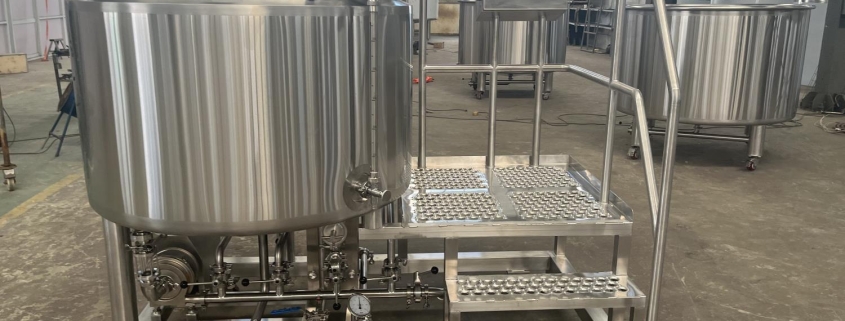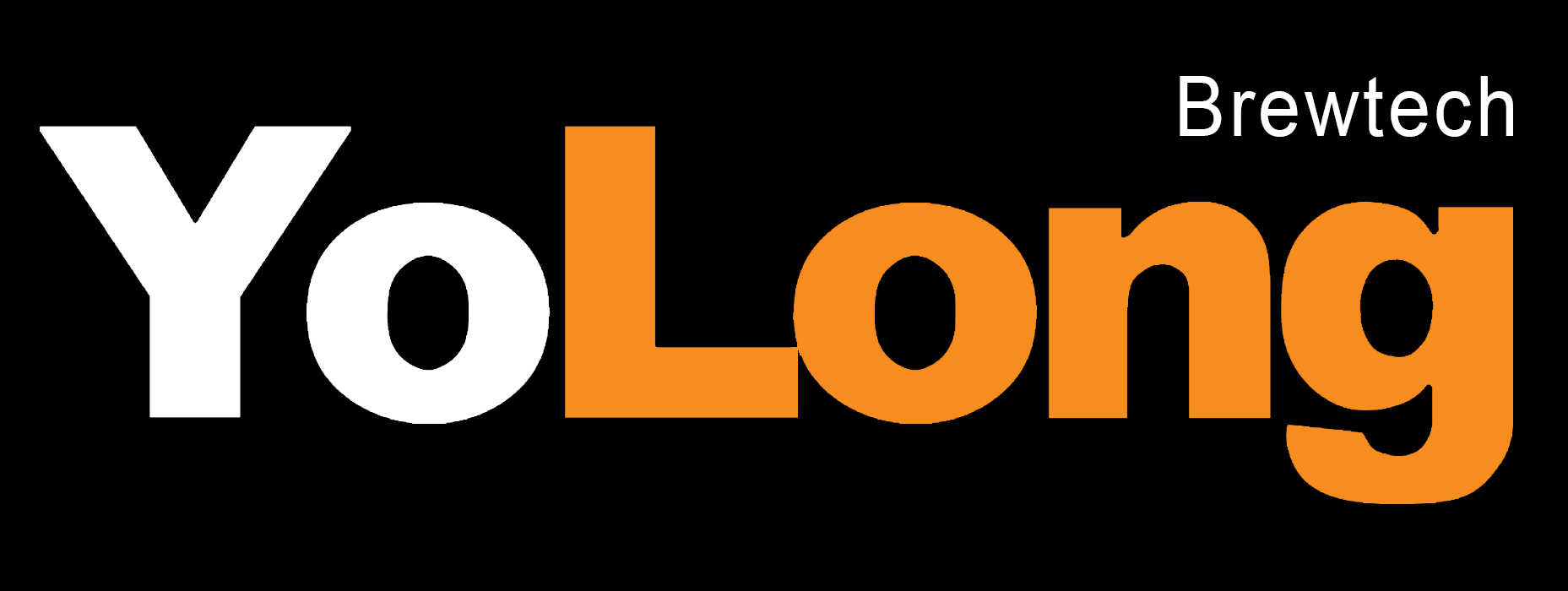Is a 3.5 BBL Brewhouse Right for You?
Starting your own craft brewery? Upgrading your garage hobby into a serious operation? Or maybe you’re eyeing a space in a local pub where your creations can flow straight from the tank to the tap? If any of these sound like you, then you’re in the right place. Let’s dive into why the 3.5 BBL brewhouse might just be your brewing soulmate.
Who Is a BBL Brewery Designed For?
Before we zoom in on the 3.5 BBL system, let’s unpack what “BBL” even means. BBL stands for beer barrels, a unit of measurement used in brewing. One U.S. beer barrel equals 31 gallons, so a 3.5 BBL system gives you roughly 108.5 gallons per brew cycle. That’s about 13 standard kegs, or around 1,150 twelve-ounce bottles per batch.
BBL systems are designed for small to mid-sized brewers who want consistency, efficiency, and the ability to scale. Whether you’re a brewpub operator, a local taproom owner, or a passionate homebrewer stepping up your game, a BBL brewery brings professionalism without the intimidating bulk of industrial systems.
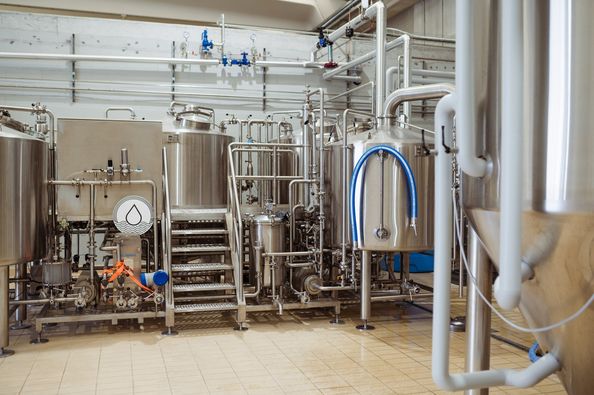
Who Needs a 3.5 BBL Brewing System?
A 3.5 BBL brewhouse isn’t just a number on a tank. It’s a strategic size that balances output and manageability. Here’s who it’s perfect for:
- Start-up Breweries: Want to test market response? A 3.5 BBL setup gives you enough volume to sell in small batches without overwhelming your space or wallet.
- Brewpubs & Gastropubs: Create on-site brews to pair with your menu, keep your offerings fresh and seasonal, and wow your patrons with the smell of hops in the air.
- Pilot Brewing Operations: Already running a larger operation? A 3.5 BBL system is a killer way to experiment with new recipes before committing to large-scale production.
- Educational Programs: Brewing schools and universities love this size for hands-on training. It’s big enough to feel real, small enough to manage in a classroom setting.
It’s the Goldilocks zone for brewing—not too big, not too small. Just right.
Main Components of a 3.5 BBL Brewhouse
So what exactly do you get when you invest in a 3.5 BBL brewhouse? You’re not just buying tanks; you’re stepping into a system designed to turn grain into liquid gold. Let’s walk through the main components:
| Component | Function |
|---|---|
| Mash/Lauter Tun | Where grains are mixed with hot water to convert starches into sugars. Lautering separates the sweet wort. |
| Kettle/Whirlpool Tun | Boils the wort and allows for hop additions. Whirlpooling separates solids from the liquid. |
| Hot Liquor Tank (HLT) | Stores and heats water for the mash and cleaning processes. |
| Fermentation Tanks | Where yeast does its magic. Wort becomes beer during fermentation, typically in jacketed, temperature-controlled vessels. |
| Brite Beer Tanks | Used for carbonating and conditioning beer before packaging or serving. |
| Control Panel | The brain of the system. It allows brewers to monitor temperatures, times, pump speeds, and more. |
| Pumps & Piping | Essential for transferring liquids between tanks with the right pressure and flow rate. |
This modular setup ensures that even smaller operations can achieve pro-grade quality and consistency.


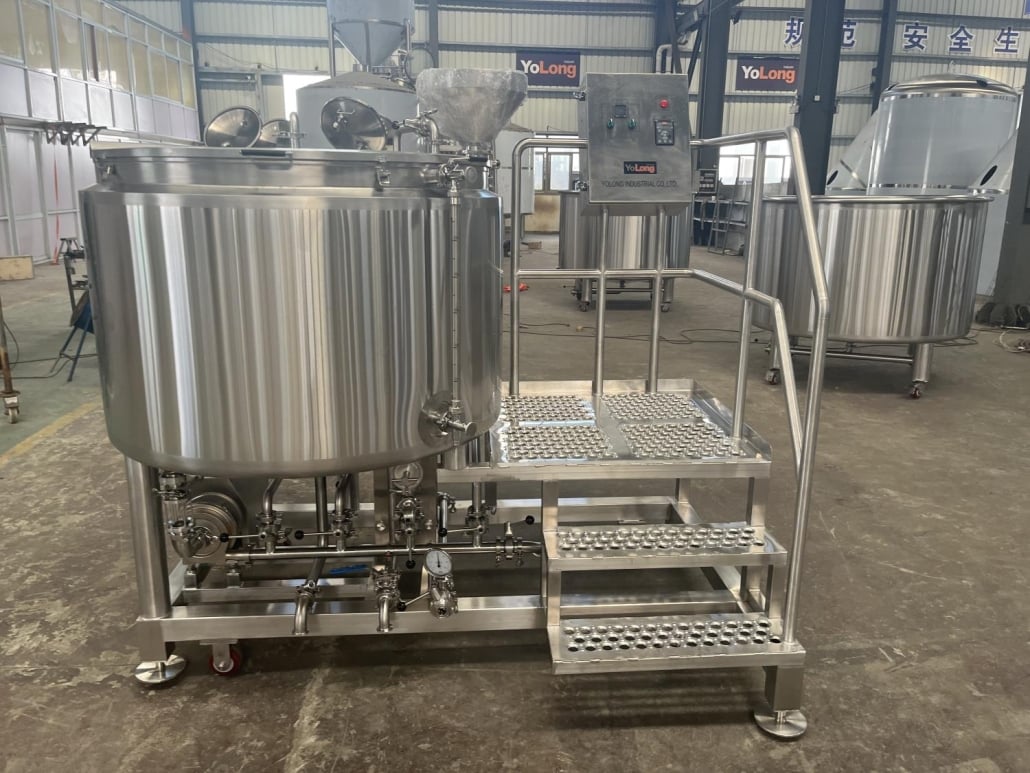

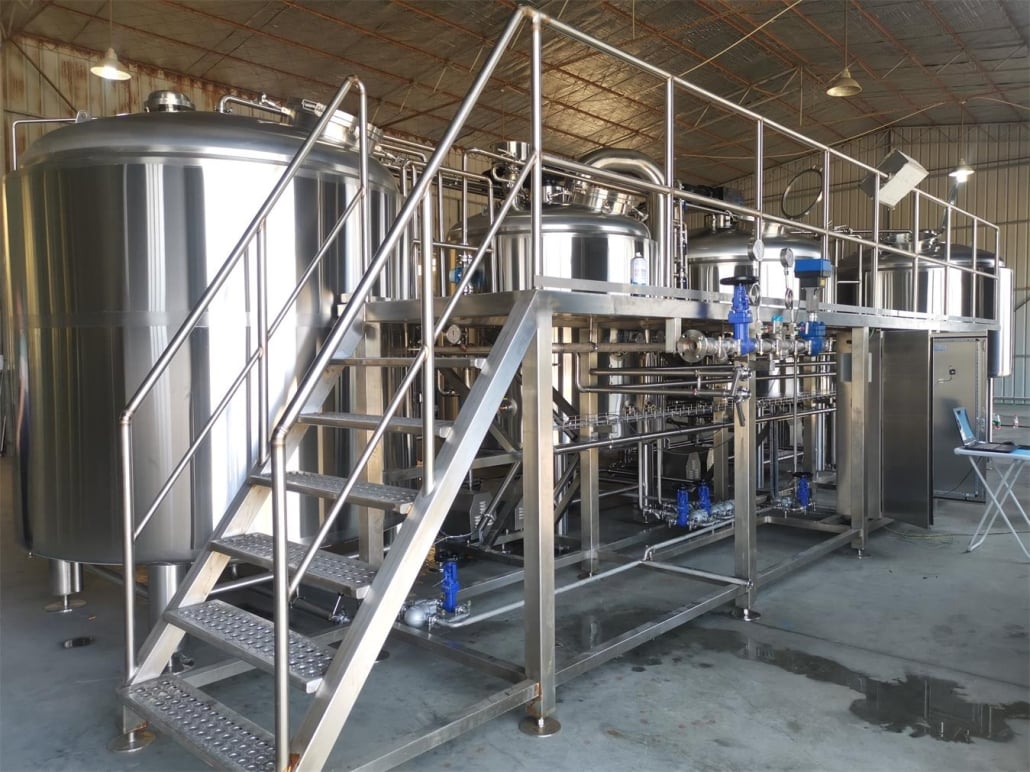
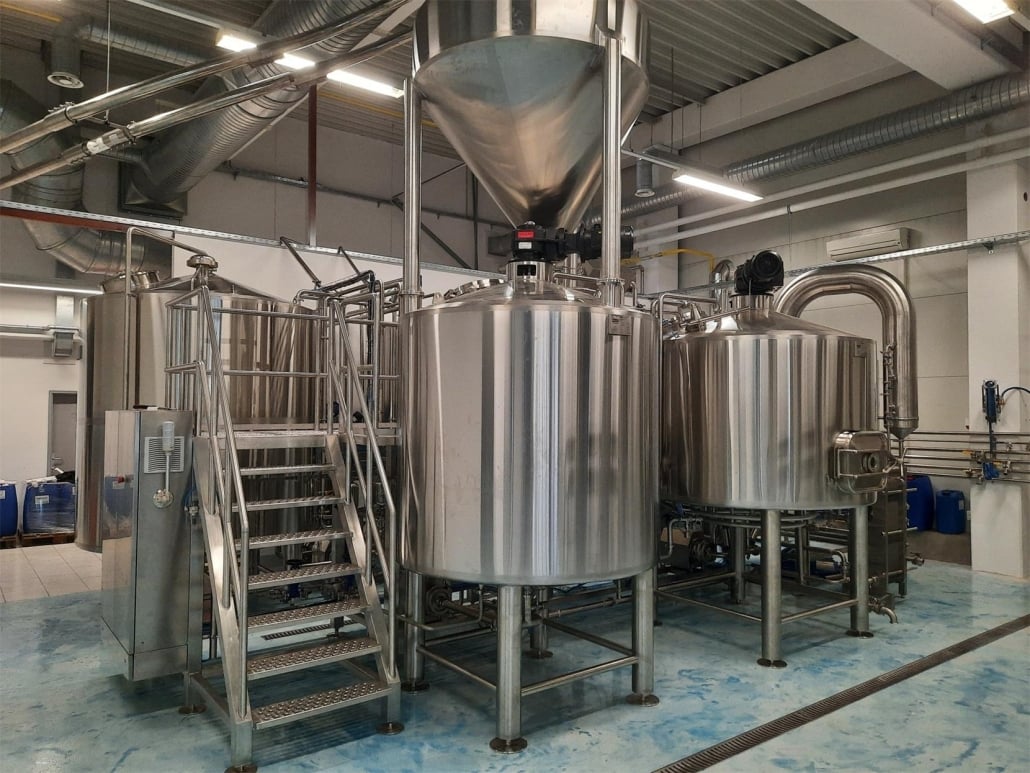
Advantages of a 3.5 BBL Brewhouse
There are a ton of upsides to choosing a 3.5 BBL system. Here’s the juicy part:
1. Affordable Entry Point: Compared to 7 or 10 BBL systems, 3.5 BBL brewhouses are lighter on your capital investment. You can get a turnkey solution for anywhere from $30,000 to $80,000, depending on bells and whistles.
2. Small Footprint: These systems don’t need a warehouse. A compact brewpub, a basement setup, or a corner of a commercial kitchen might be all you need.
3. Flexibility in Production: You can brew more frequently with smaller batches. This keeps your beer fresher and allows you to test a variety of recipes with minimal risk.
4. Scalable Operations: A 3.5 BBL brewhouse can grow with you. Add more fermenters, or double batch into larger tanks as demand grows.
5. Hands-On Brewing Experience: You stay closely involved in every step of the process. If you love the craft and not just the commerce, this size is incredibly rewarding.
6. Regulatory Simplicity: Smaller systems often fall into simpler permitting categories, making it easier to get licensed and stay compliant.
Key Considerations When Choosing One
Not all 3.5 BBL brewhouses are created equal. If you’re shopping around, here are the top things to keep in mind:
Space Requirements: Even small systems need proper ceiling height, drainage, ventilation, and power supply. Plan for about 300-500 square feet of brewing space.
Heating Method: Choose between electric, gas-fired, or steam. Electric is easier to install; steam is more efficient at scale.
Automation Level: Manual systems are cheaper but more labor-intensive. Semi-automated systems offer a good balance for most craft brewers.
Material Quality: Look for 304 stainless steel, sanitary welds, and CIP (clean-in-place) capability.
Vendor Support: A good supplier will offer installation guidance, maintenance help, and even recipe consulting.
Integration Needs: If you want a turnkey setup, ensure everything from malt mill to glycol chiller is included and compatible.
Turnkey 3.5 BBL Brewhouse Solutions
If you’re not into piecing things together, consider going with a turnkey 3.5 BBL brewhouse solution. These bundles give you:
- Complete brewhouse (mash, kettle, HLT)
- Fermenters & brite tanks
- Glycol chiller
- Control panel
- CIP system
- Hoses, clamps, and fittings
The benefit? Less guesswork, faster startup, and fewer headaches. Many suppliers even provide onsite installation and training. Leading vendors include ABS Commercial, Stout Tanks, Premier Stainless, and Tiantai Brewing Equipment.
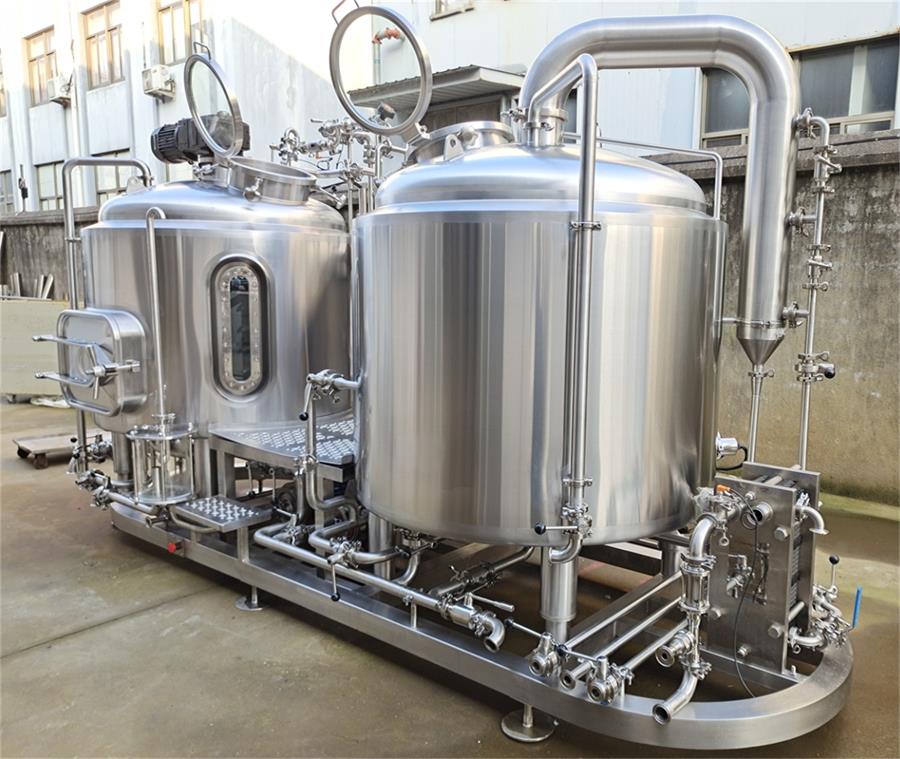
FAQ
| Question | Answer |
|---|---|
| How much beer does a 3.5 BBL system produce? | Roughly 108-110 gallons per batch, which equals about 13 standard kegs or 1,150 bottles. |
| How much space is needed for installation? | Around 300 to 500 sq ft, depending on your layout and auxiliary equipment like fermenters and chillers. |
| What does a 3.5 BBL brewhouse cost? | Basic systems start around $30,000; fully loaded turnkey setups can hit $80,000+. |
| Can I expand my system later? | Absolutely! Add more fermenters or upgrade to larger tanks for double batching. |
| What’s better: gas, electric, or steam heating? | Electric is easy to install; gas is cost-efficient; steam is ideal for higher efficiency and scale. |
| Is a 3.5 BBL brewhouse suitable for home use? | Technically, yes. But you’d need zoning approval, proper utilities, and a big enough space. It’s more common for small commercial setups. |
| How long does it take to brew one batch? | Usually 6 to 8 hours, not including fermentation time, which ranges from 1 to 3 weeks depending on the beer style. |

